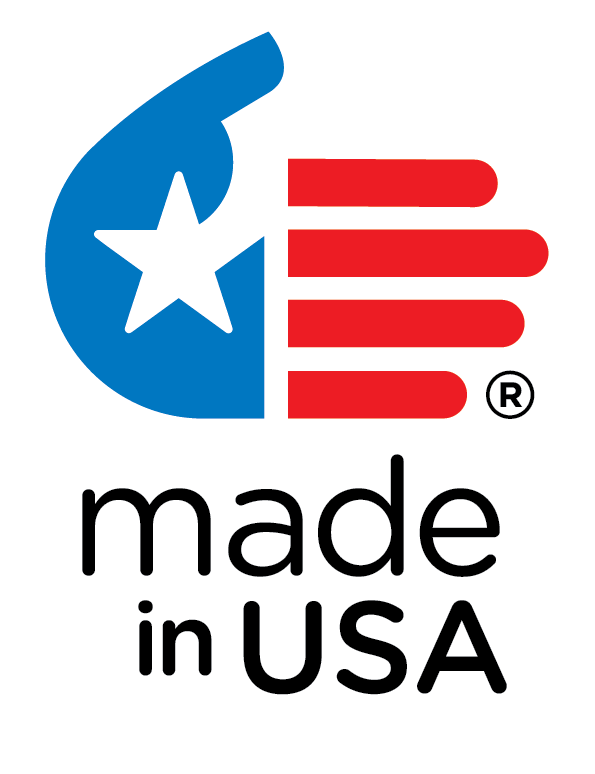Back to Presentations
Exploring Forensic Scenarios with TrueAllele® Mixture Automation
M.W. Perlin. "Exploring forensic scenarios with TrueAllele® mixture automation", American Academy of Forensic Sciences 59th Annual Meeting, San Antonio, TX, 22-Feb-2007.
Downloads
PowerPoint presentation and handout for the American Academy of Forensic Science 2007 talk.
Download Handout
Download PowerPoint
Abstract
In current forensic practice, DNA mixture data review is often not an enviable task. Forensic scientists typically spend many hours considering just one subset of the data, expending considerable effort to obtain limited genetic identity information. In many labs, manual review even precludes deducing minor contributors. Yet sexual assault DNA mixture crimes are critically important to solve.
Computer technology permits the rapid automated interpretation, matching and reporting of DNA profiles from mixture evidence [1, 2]. Such technology provides a new mechanism for forensic scientists to work with computer tools that can help them solve crimes. In particular, a forensic scientist can control the computer to perform different "what if?" scenarios to elicit the most useful genetic identification information from the data.
Cybergenetics TrueAllele® Casework system has two input streams for each case: (1) the user's selection of which DNA samples (and their laboratory processed STR data) to consider, and (2) the underlying DNA sequencer lane data. Once the user has made their sample selection, the DNA interpretation that infers DNA profiles for each contributor is performed by automated objective statistical computation. If case suspects are available, their profiles are automatically compared against the inferred crime scene profiles to assess match strength.
By controlling the first input stream (the selection of forensically significant DNA samples and data), a scientist can explore different case scenarios. For example:
a. When initial data are insufficiently informative (e.g., low match strength), the computer result can suggest the need for processing additional DNA samples.
b. A scientist can interpret the DNA samples from one location at a crime scene, separately interpret the samples from a second location, as well as interpret all the samples at once.
c. Informative DNA specimens can be further developed in the laboratory to generate more sample data that can be used in computer interpretation.
d. Low quality STR data (e.g., having low signals or spike artifacts) can be regenerated, using any or all of the data in subsequent computer analyses.
e. A scientist can separately and jointly analyze serial crime hypotheses, in order to determine the strength of a link between the crime scenes.
f. Alternative assumptions can be made about the number of mixture contributors.
The TrueAllele user interface enables this "what if?" scenario analysis by providing the scientist with absolute control over which data are used in the interpretation. The scientist can explore one scenario at a time, or ask the computer to automatically solve many different mixture problems for the case. The user can walk away from the machine while it does its work. As the computer solves each scenario, the results are recorded in a database, and the DNA profile and match results become available for review.
Forensic scientists are highly educated professionals who can solve crimes by thinking "forensically" about evidence. Computers can provide highly sophisticated numerical processing that can rapidly and accurately infer DNA profiles, even from highly complex data. By extending the forensic scientist's human intuition with access to powerful computational tools, a person can more completely understand the DNA evidence in a case.
References
[1] Perlin MW. Simple reporting of complex DNA evidence: automated computer interpretation. In: Promega's Fourteenth International Symposium on Human Identification, Phoenix, AZ, 2003.
[2] Perlin MW. Real-time DNA investigation. In: Promega's Sixteenth International Symposium on Human Identification, Dallas, TX, 2005.
